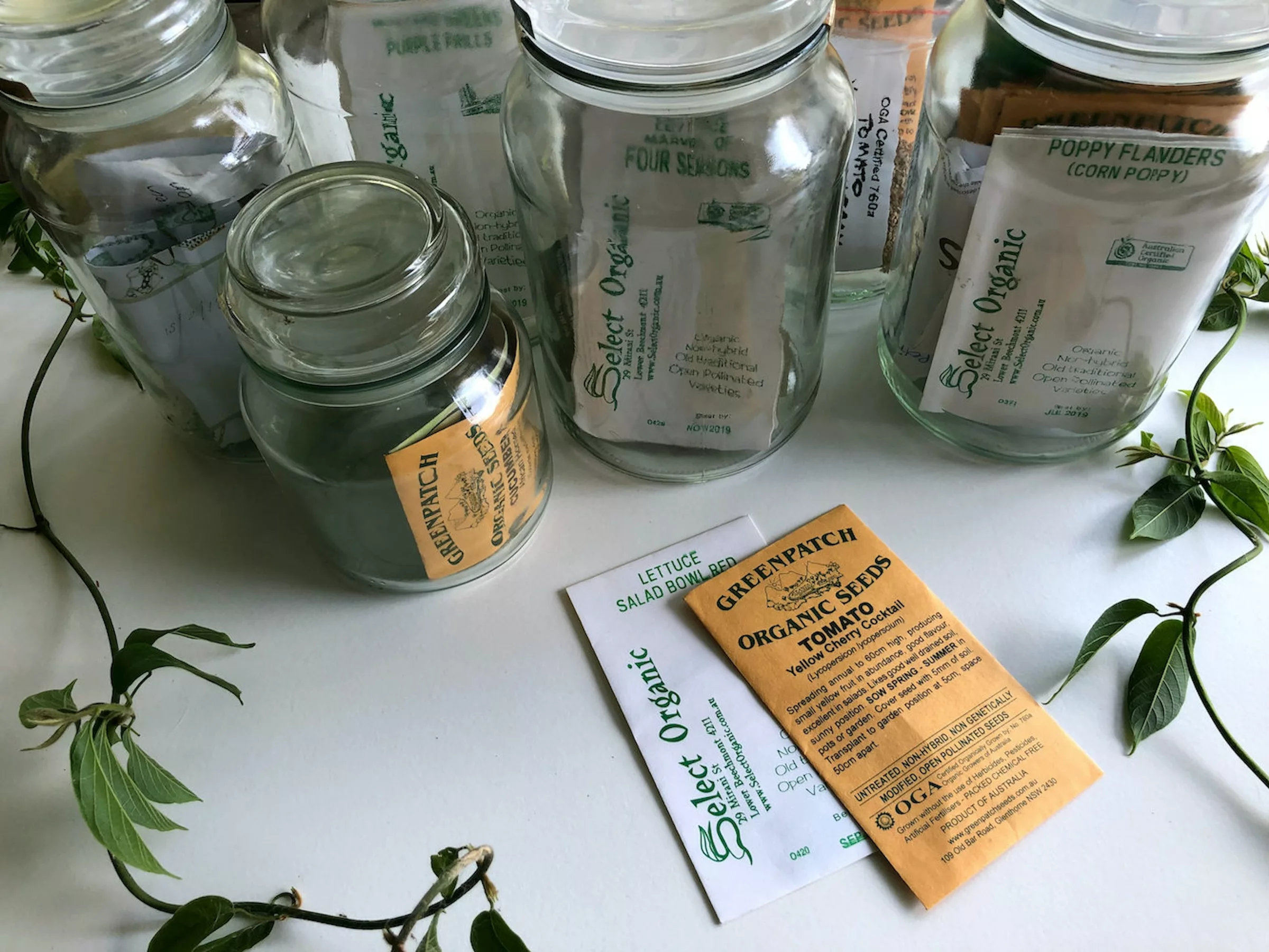Saving your own vegetable seeds is not only a great way to save money, but it also has a wide range of benefits for both you and the environment.
First and foremost, having your own seed bank allows you to preserve and propagate rare or heirloom varieties that might not be available commercially. Additionally, growing from saved seeds will help you maintain control over the quality of your produce as you can ensure they haven’t been treated with any chemicals, and they have been grown in a way that aligns with your own values. Furthermore, saving vegetable seeds can be a fun, educational experience that can deepen your appreciation for the entire cycle of plant growth. In this article, we’ll cover everything you need to know about saving vegetable seeds, from important terms to specific instructions for different types of plants.
Saving is a part of the journey
Saving seeds is a great way to start your journey as a gardener. Whether you’re growing vegetables for the first time or you’re a seasoned pro, saving your seeds can help ensure a bountiful harvest year after year.
The first step in saving seeds is to choose the right plant. You’ll want to look for plants that produce a lot of flowers or fruits, as these will be the most productive and will yield the most seeds. When selecting a plant, make sure it’s healthy and thriving so that the seeds it produces will be of the best quality.
Once you’ve selected your plant, it’s time to let it mature and go to seed. This means allowing the plant to finish its natural life cycle and produce seeds. For vegetables like tomatoes, peppers, and cucumbers, this means letting the fruits stay on the vine until they are fully ripe and the seeds inside are fully developed. For other types of plants, like squash or pumpkins, the fruit should be left on the vine until it is completely mature and starting to rot.
Next, it’s time to harvest the seeds. Depending on the type of plant you’re working with, you may need to use different techniques for harvesting the seeds. For example, seeds from tomatoes or peppers can be gently squeezed out of the fruit and then rinsed off to remove any residue. For plants like beans or peas, you’ll need to wait until the seed pods have dried out and then remove the seeds from the pods.
Once you have harvested your seeds, it’s important to properly store them. Seeds should be stored in a cool, dry place away from direct sunlight. You can store them in a paper envelope or a small plastic bag. Make sure the container is labeled with the type of seed and the date it was harvested.
When not to save seeds?
While saving your own vegetable seeds can be a rewarding experience, it’s important to note that not all seeds are suitable for preserving. Hybrid seeds, often labeled as “F1” or “F2,” are a cross between two different plant varieties. They are generally not recommended for seed-saving purposes, as the seeds produced by these plants will not be true to their parent plants. Instead, it’s best to focus on saving seeds from open-pollinated or heirloom varieties of vegetables. These types of seeds will produce plants that are true to their parent plants, allowing you to preserve the unique characteristics of the variety.
Make your own variety
One of the exciting benefits of saving seeds is the potential to create your own unique variety of vegetable over time. By saving the seeds from your best-performing plants and replanting them year after year, you can create a variety that is well-suited to your growing conditions and tastes. This process, known as “seed breeding,” can take several years, but the end result is a variety that is well-adapted to your garden and the specific microclimate where you live.
It’s important to keep in mind that seed breeding requires a bit of extra attention and care. You’ll need to make sure to only save seeds from the best-performing plants in your garden, and to carefully label and track your seed-saving efforts over the years. However, the rewards are well worth the effort. Not only will you have a unique variety of vegetable that is tailored to your needs and tastes, but you’ll also have a deeper appreciation for the process of seed-saving and plant breeding. Whether you’re new to gardening or a seasoned pro, saving your own vegetable seeds is a worthwhile endeavor that can deepen your understanding of and connection to the natural world.
By saving your own seeds, you’ll not only have a cost-effective way to grow your own vegetables year after year, but you’ll also have the satisfaction of knowing that you’re preserving heirloom varieties for generations to come. So why not give it a try? With a little patience and practice, you’ll soon be on your way to becoming a seed-saving pro.
Join Our Gardening Newsletter for More Tips
If you enjoyed reading this, don’t hesitate to subscribe to our newsletter for a wealth of gardening knowledge and insights. Stay up-to-date on the latest gardening trends, tips, and know-how, and make your green thumb even greener.



